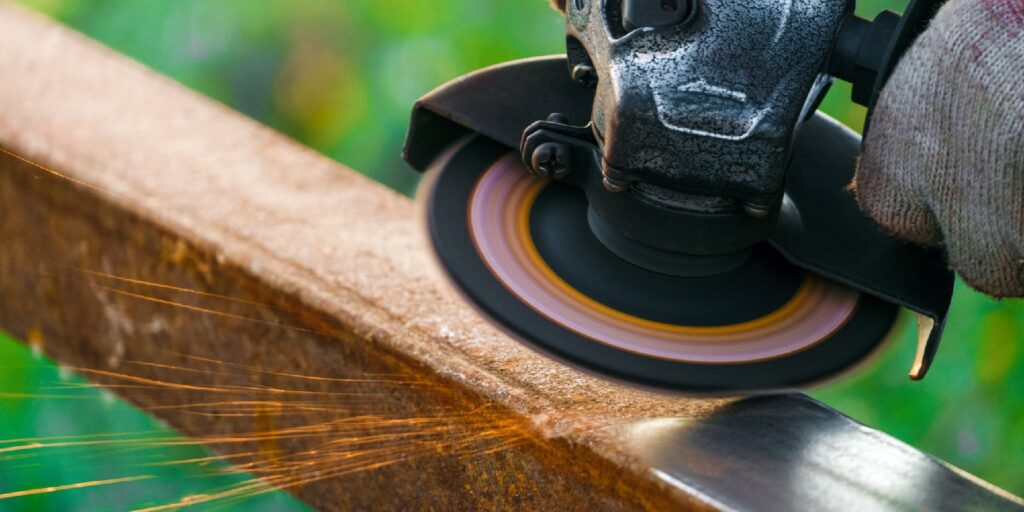How To Remove Rust From Stainless Steel

Rust is one of the most common problems homeowners face when maintaining their stainless steel items. If left unchecked, rust can quickly ruin the appearance and even the structural integrity of your stainless steel objects. The good news is that it’s relatively easy to remove rust from stainless steel with the right tools and techniques.
In this post, we’ll look at the best methods for removing rust from stainless steel items. We’ll discuss the pros and cons of each technique and provide a few helpful tips along the way. By the end, you’ll have the necessary tools and knowledge to rid your stainless steel items of their rust problems and keep them looking good as new.
What Is Stainless Steel?
Stainless steel is a durable metal alloy primarily composed of iron, carbon, and chromium. It is an ideal material for many applications due to its superior resistance to corrosion and rust. As the name implies, stainless steel is designed to be very resistant to rusting, but it can still occur in certain circumstances.
What Is Rust?
Rust is a form of corrosion that affects some metals, including stainless steel. It’s formed when oxygen interacts with iron from the alloy, causing red-brown flakes or a powdery coating to form on its surface. Rust can affect stainless steel in areas where there is exposure to water or humid air for long periods.
How To Remove Rust From Stainless Steel
Removing rust from stainless steel can be done using a variety of methods depending on the size and severity of the rust spot. The following instructions provide an overview of how to remove rust from stainless steel without damaging the metal surface.
- Begin by cleaning the area with a lint-free cloth and warm water. Thoroughly dry the surface afterward with a separate cloth.
- For shallow rust spots, sanding with fine-grit sandpaper may be effective for removing them. Use a circular motion for best results, and ensure that your movements do not overlap too much to avoid damaging other parts of the metal surface.
- For deeper rust spots, use a cordless angle grinder equipped with a wire wheel attachment to remove the rust from the affected area. Wear appropriate safety gear, such as work gloves and eye protection, when using an angle grinder.
- After removing the rust from the stainless steel surface, use a rubbing compound to polish and protect it against further corrosion or rusting.
Safety Considerations
When removing rust from stainless steel surfaces, it is critical to exercise caution at all times and take appropriate safety measures. Always wear protective clothing, such as gloves and goggles, when using power tools. Use proper ventilation in enclosed spaces during this process, as sanding and grinding may produce airborne particles, which can be hazardous if inhaled in large amounts over prolonged periods.
DIY Alternatives
There are other DIY solutions if you do not wish to use power tools. One such option is to make a paste consisting of equal parts baking soda and water to scrub away shallow rust spots from larger surfaces like kitchen countertops or islands made from stainless steel material. For smaller items such as cookware or cutlery items, you can also use white vinegar or lemon juice, which have natural oxalic acid properties that can help dissolve light rust on stainless steel surfaces effectively without damaging them.
Professional Help
If you are unable to remove rust from your stainless steel surfaces with DIY methods, then consider getting professional help. Professionals know how to handle tough rust stains to ensure optimal results while preserving the integrity of your stainless steel surface during this process.
Rust removal is a crucial step in the process when it comes to keeping your stainless steel items looking good as new. With the right tools and techniques, it’s possible to remove rust from stainless steel safely and effectively. DIY methods such as sanding and pastes can be used on shallow rust spots, or you can opt for professional help for more extensive rust removal tasks. No matter which route you choose, following the steps outlined in this post will help you protect your stainless steel surfaces from damage caused by rust and corrosion.
